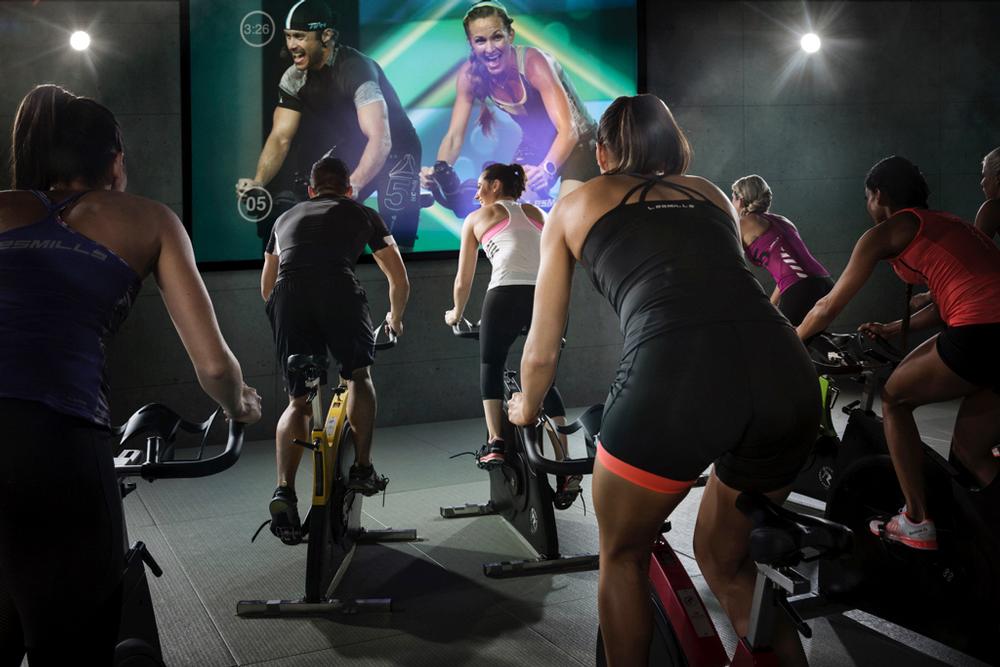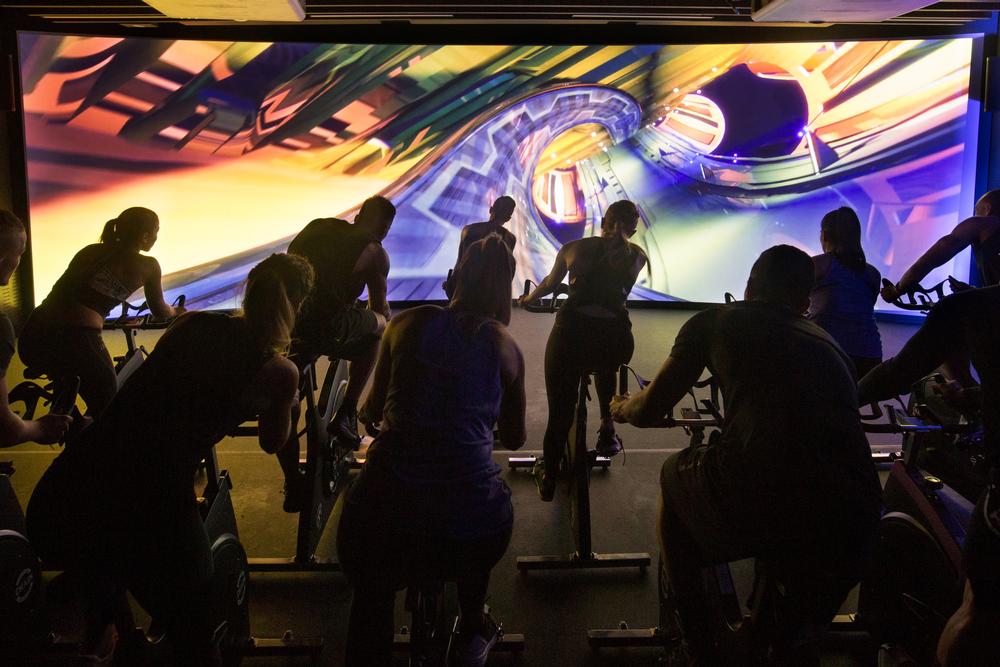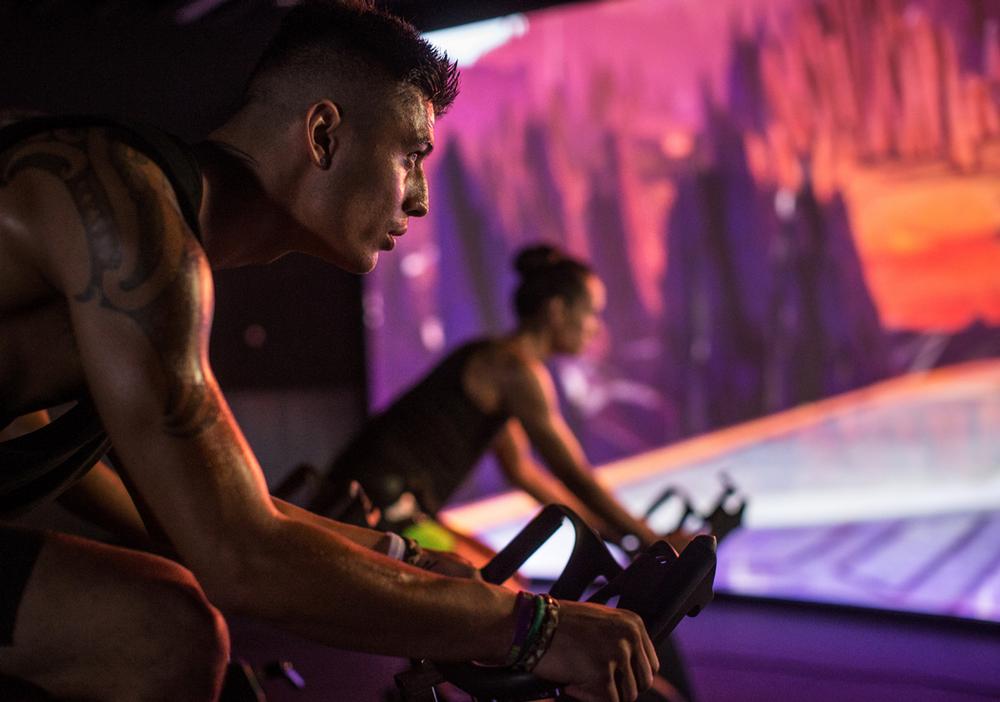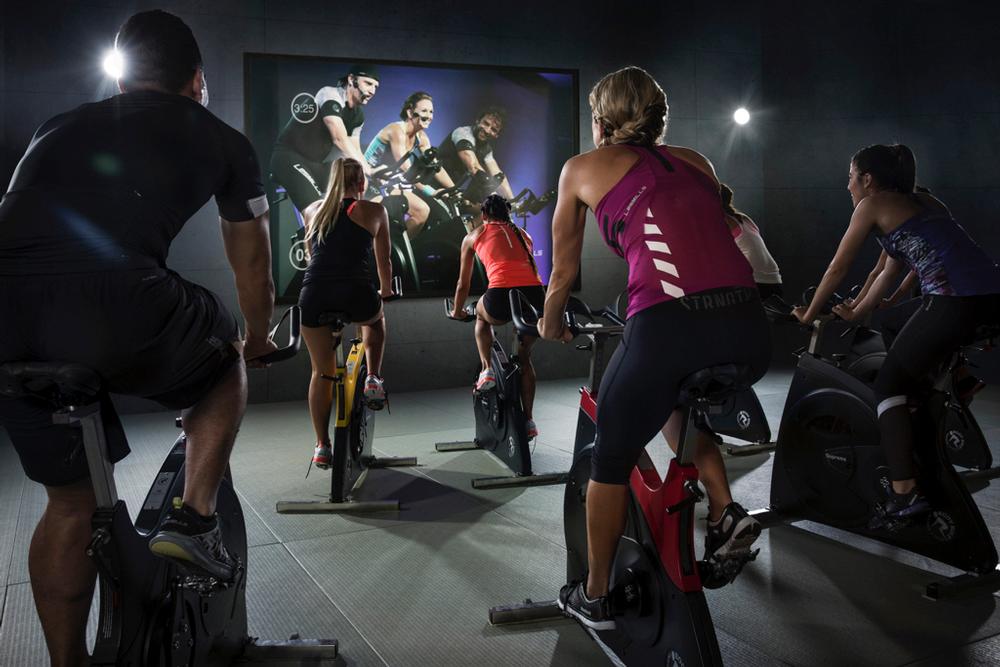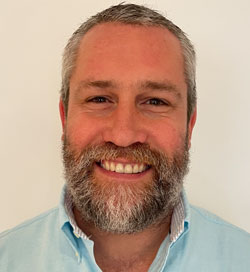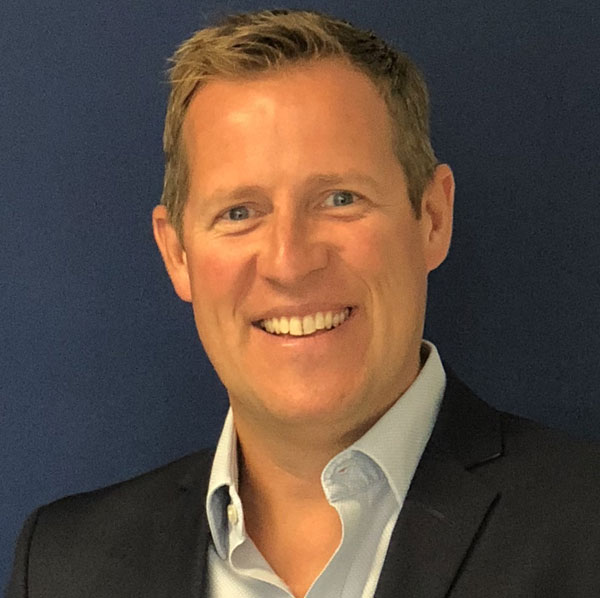Ninety-three per cent member retention, 4,200 group exercise attendances a week, and smashing its annual target just six months after opening: the new Les Mills Newmarket club, which opened on 2 November 2015, appears to have found the perfect model. And what’s driving its success? Group exercise, says manager Carrie Kepple, with virtual classes a vital component to build usage during off-peak hours.
Putting GX first
The club spans 1,900sq m and 70 per cent of the exercise space is given over to group exercise. There are two studios: one with capacity for 110, and the other for around 70, as well as an immersive cycle studio with 28 bikes. “Group exercise is our bread and butter, so we decided to try a different model, putting group exercise first and the gym floor second,” says Kepple.
This model wouldn’t be viable without a virtual offering, which allow classes to be scheduled throughout the day without creating a huge wage bill.
“Most club timetables are designed around catering for the peaks in usage, but we knew we needed to manage capacity throughout the day to make the club work,” says Kepple.
“What we’ve tried to do is pull people away from the peak times and create an even spread throughout the day. Virtual has empowered us to sell memberships to an audience we couldn’t reach before, because their personal timetables didn’t fit with our classes.”
To achieve its goals, Les Mills has come up with a concept of capacity management called ‘spread and churn’. “Spread is about attracting customers more evenly throughout the day, which means we can service them better, so they get a better experience and retention is improved,” says Kepple.
“Churn is an efficient turnaround of classes, like turning tables in a restaurant.”
Smashing targets
Incorporating virtual technology has allowed the club to offer an extra 500 classes a month, with no further set-up or staffing costs. All of the virtual classes are scheduled and promoted on the programme, rather than allowing people to choose their own exercise class, as this can limit the appeal and drive down participation numbers.
The annual target for visits was originally set at 100,000, but after just six months the club had already reached 150,000 visits and 2,340 members. Group fitness – live and virtual combined – accounted for 99,000 of these visits. Of the 66 per cent of all daily attendances accounted for by group fitness, 19 per cent have been for virtual classes.
“During the month of March, virtual accounted for 3,379 extra attendances. Annualised that equates to a lot of money,” adds Kepple.
Although live instructors are retained for the peak classes, virtual technology means the class programme starts at 5.30am and runs until 10.00pm.
“I went into the small studio at 9.40 this morning and there were 15 people doing Virtual Pump. Given there aren’t many overheads for that class, it’s awesome,” says Kepple. “It’s good to have a club that has a nice energy all day long.”
Most of the virtual classes have somewhere between 10 and 20 participants (see ‘Compare & contrast’, left), but the 7.30pm virtual BodyPump class was regularly pulling between 40 and 50 exercisers, so Kepple decided to install an instructor.
Meanwhile the virtual RPM classes are often busier than the live classes, as a NZ$5 booking fee is charged for the live classes, while virtual is free.
Social night out
As well as boosting the bottom line and driving higher usage of the club throughout the day, virtual classes also provide a marketing hook. “We’re promoting the fact that we’re running more classes, more often,” says Kepple.
“It’s also another lever to pull in the referral game. We’ve run a social media campaign where you tag a friend to come for free to try virtual – we’re trying to make it like going to a fitness movie with friends.”








